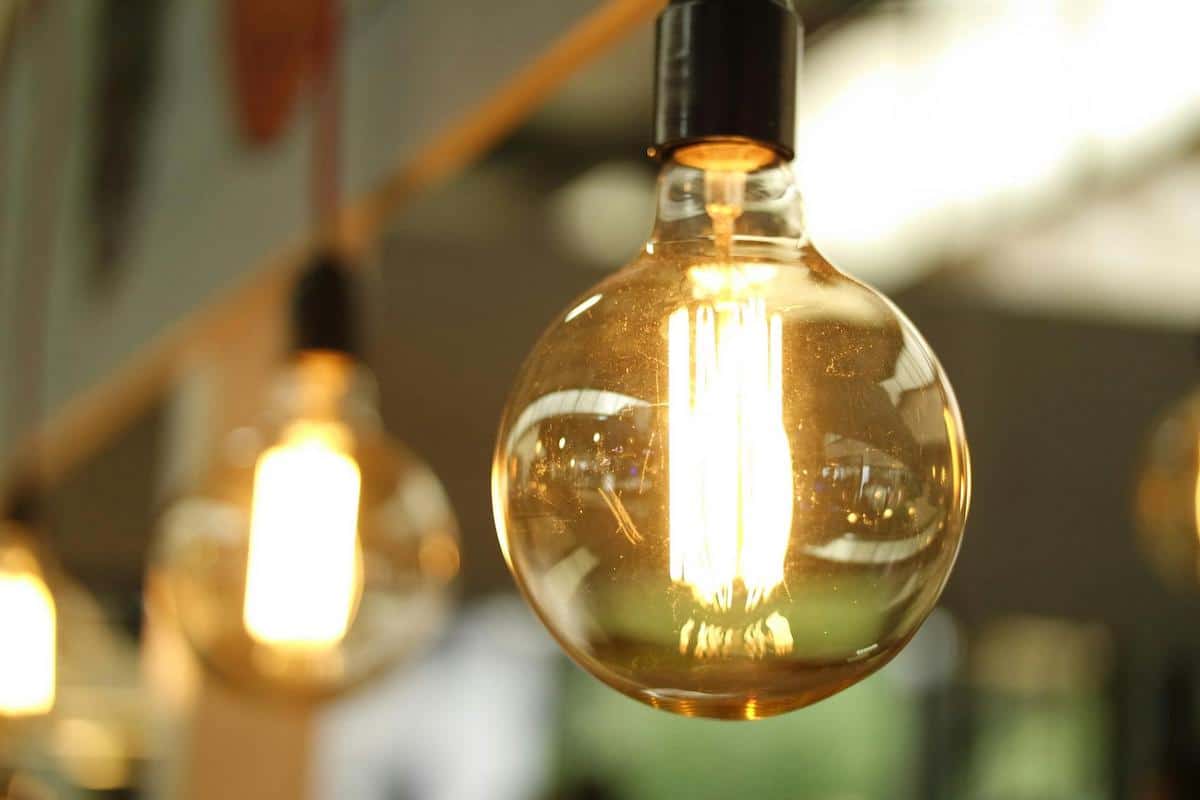
Energy Efficiency in Smart Homes: What to Know
As technology continues to transform our living spaces, smart homes are at the forefront of innovation, particularly in the realm of energy efficiency. These advanced systems not only offer convenience but also hold the potential to significantly reduce energy consumption and costs.
The Rise of Smart Homes and Energy Efficiency
Smart homes are rapidly becoming a staple in modern living, with energy efficiency being a key driver behind their adoption. According to a report by the International Energy Agency, smart home technologies can reduce energy consumption by up to 10-15%. This is achieved through automated systems that optimize energy use based on real-time data.
Expert Insights on Energy Efficiency
Dr. Emily Johnson, an energy consultant, highlights, ‘Smart homes are revolutionizing how we approach energy consumption. By integrating smart meters, thermostats, and lighting systems, homeowners can make informed decisions that lead to substantial energy savings.’
Features of an Energy-Efficient Smart Home
- Smart Thermostats: These devices learn your schedule and adjust temperatures accordingly, saving energy when you’re not home.
- Energy Monitoring Systems: Track your energy usage in real-time and provide insights on how to reduce consumption.
- Automated Lighting: Use sensors and timers to ensure lights are only on when needed.
- Smart Appliances: Energy-efficient appliances that can be controlled remotely to reduce usage during peak hours.
Statistics and Research Findings
A study by the Consumer Technology Association found that homes equipped with smart devices can save up to 30% on energy bills. This is due to the ability of these systems to adapt and respond to user behavior and environmental conditions.
Personal Anecdote: A Real-Life Example
Consider the experience of Mark, a homeowner who upgraded to a smart home system. He noticed a significant drop in his monthly energy bills, thanks to the smart thermostat that adjusted heating and cooling based on his family’s routines.
Actionable Tips for Implementing Smart Home Technologies
- Start small by installing a smart thermostat or energy monitoring system.
- Gradually integrate automated lighting and smart appliances.
- Regularly review your energy consumption data and adjust settings for optimal savings.
Comparison Table: Traditional vs. Smart Home Energy Use
| Feature | Traditional Home | Smart Home |
|---|---|---|
| Thermostat Control | Manual | Automated and Learning |
| Lighting | Manual Switch | Sensors and Timers |
| Appliance Usage Monitoring | None | Real-Time Data |
| Energy Consumption Alerts | None | Available |
| Remote Control | Not Available | Available via Apps |
| Energy Efficiency | Standard | Enhanced |
| Cost Savings | Low | High |
| Environmental Impact | Higher | Lower |
Frequently Asked Questions
How do smart thermostats save energy?
Smart thermostats learn your schedule and adjust temperatures automatically, reducing energy use when you’re not home.
Are smart appliances worth the investment?
Yes, they often lead to long-term savings on energy bills by optimizing usage during non-peak hours.
Can I retrofit my existing home with smart technologies?
Absolutely, many smart home devices are designed for easy installation and can integrate with existing systems.
Conclusion: Embrace the Future of Energy Efficiency
Smart homes represent a significant step forward in energy efficiency, offering both environmental and financial benefits. By gradually integrating smart technologies into your home, you can enjoy these advantages while contributing to a more sustainable future. Start small, plan wisely, and watch as your energy bills decrease and your home’s efficiency increases.


